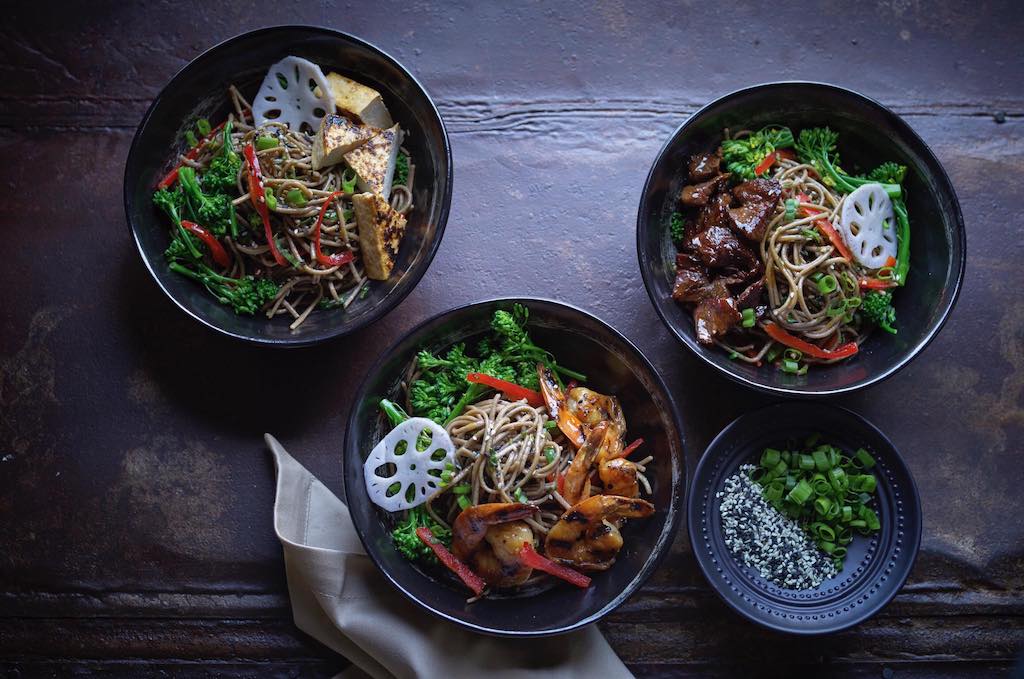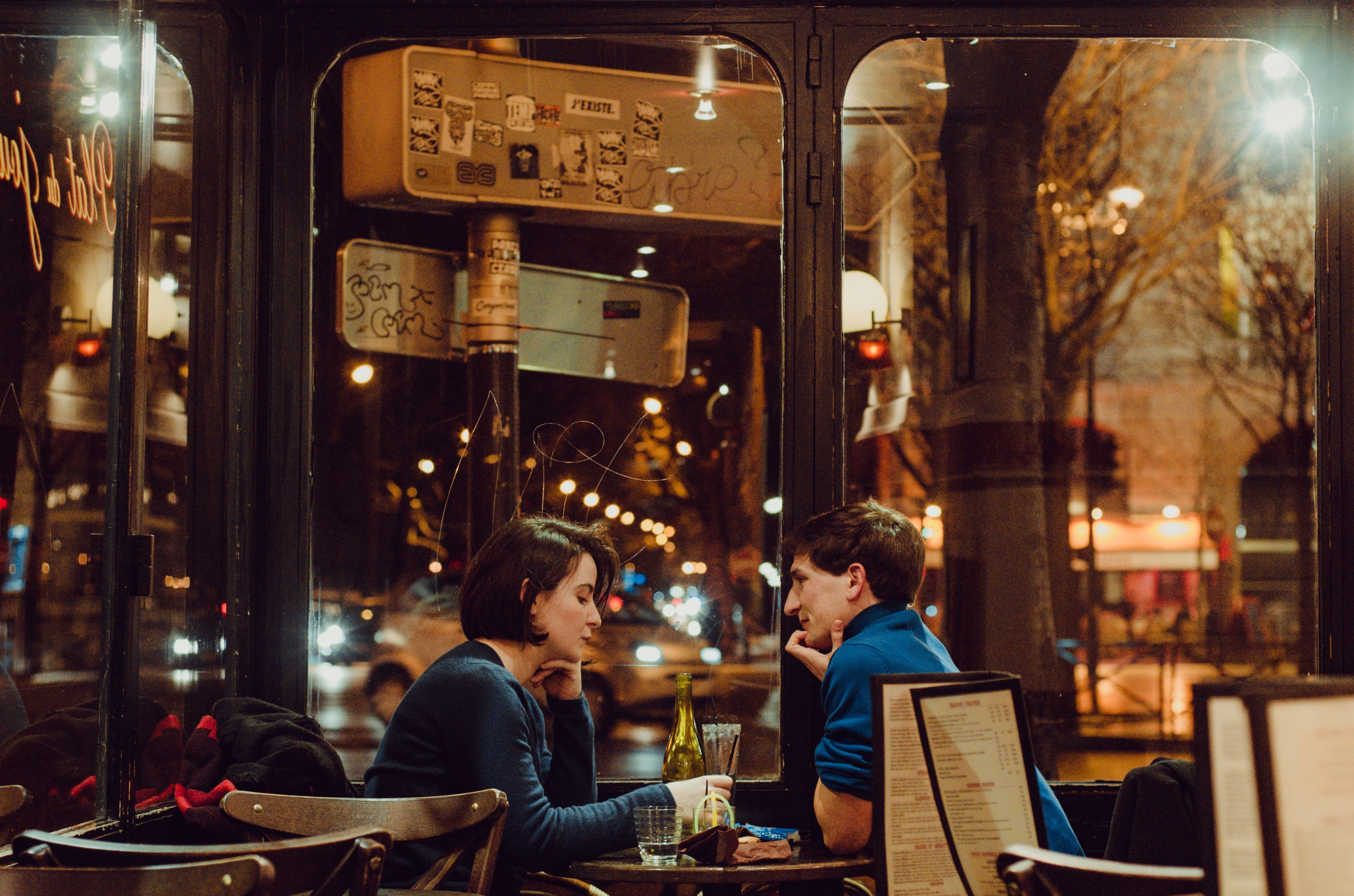
In 1995’s The Net, Sandra Bullock ordered a pizza from Pizza.net, a fictional company with the now-dated tagline: “We deliver the best pizza in cyberspace.” At the time, it was still a wild idea, existing squarely in the realm of far-off science fiction. Third-party restaurant delivery services like Seamless, UberEats, Postmates, and Foodora were but a twinkle in the eye of future startup pioneers. Today, they are a booming $19 billion sector of the United States economy, with significant growth anticipated in coming years.
The ease and ubiquity of these services comes at a nominal cost to the consumer, largely in the form of delivery charges. But they take a huge bite from restaurants, in the range of 25% to 35% commissions. Considering the average profit margin at full-service restaurants is already a thin 6.1%, that’s a hard bargain.
Here’s the rub: Even if a restaurant can squeak by financially with these third-party arrangements, many kitchens don’t have the excess capacity to meet demand for online sales during peak operating hours. And this conflict over effective use of time and space—combined with rising urban rents and real estate scarcity—has given rise to the latest innovation from the disruption industry. Meet the virtual restaurant, or “ghost kitchen,” a business that distributes meals through these apps, but has no sit-down, brick and mortar location.
A Kitchen United virtual kitchen space in Pasadena, California
For the moment, there would seem to be much potential upside to these virtual kitchens. For first-time entrepreneurs, the model presents an opportunity to launch a business without the overhead risk of a restaurant build-out and labor costs for front-of-house staff.
For established, successful brands, the virtual kitchen can be a way to increase overall sales by producing food in an off-site kitchen where delivery orders don’t interfere with a busy lunch or dinner service. These locations can produce meals more efficiently, and expand into territories where commercial rent is too high for a sit-down restaurant.
Restaurateur Josh Zadikoff is thrilled about this. As president of the Cornerstone Restaurant Group, Zadikoff oversees 13 restaurants, from Michael Jordan’s Steakhouse in Chicago to Eno, a wine bar in San Francisco. After testing out third-party delivery apps with the steakhouses, he found that value, quality and experience were too difficult to uphold. There isn’t a huge market for a $123 Japanese wagyu ribeye that was cooked 45 minutes ago.
But with a newer Cornerstone business called Urbanbelly, a fast-casual, counter service concept by chef Bill Kim, serving noodles, dumplings and rice, the system works perfectly.
“That cuisine lends itself to carry out and delivery,” says Zadikoff.
A just-opened location of Urbanbelly in the posh River North neighborhood of Chicago does not have a dine-in component. Food is produced in a Kitchen United space, and delivered through Caviar.
Zadikoff is happy with the arrangement of renting space from one tech company, with another handling delivery. But what happens—as could potentially happen with UberEats—if these tech companies merge?
Third-party apps don’t handle just delivery. They also solicit business. Few businesses have standardized commission rates. Those are negotiated by salespeople. McDonald’s, for example, has the clout to negotiate a much more attractive rate with third-party services. If you’re a smaller business without that kind of bargaining power, you’re essentially at the mercy of GrubHub or UberEats.
If the delivery companies move toward more entrenched partnerships with restaurants, or charging rent the way a mall does (based on a percentage of estimated sales), their ability to throttle or promote certain partners could serve as a further disadvantage to a restaurant’s independence.
Some restaurants use virtual kitchens for delivery orders during peak meal hours
Plus there is the natural gravity of consolidation, as fierce competitors buy each other out. Amazon, now a leader in food retail thanks to its purchase of Whole Foods in 2017, just invested half a billion dollars in Deliveroo, one of UberEats’ main challengers in the UK. And Kitchen United is funded by Google. Virtual kitchens are unlikely to be an isolated service. So what will happen when landlord duty is added to the suite of restaurant services offered by consolidated tech giants?
Data has been called the oil of the tech world. According to professional services firm PricewaterhouseCooper, it is the most valuable asset for companies to harvest. That’s why Matt Newberg, who has been producing a documentary about third-party delivery apps, suggests that virtual kitchen businesses may be less interested in collecting rent from tenants, than they are to tapping into consumer data.
“Technologists are not interested in being real estate players,” says Newberg. “These tech companies get footholds in certain markets, in order to leverage them into something larger. This is just the first step.”
The CloudKitchens location at 1842 West Washington Blvd. in LA is 11,336 square feet. It houses at least 83 businesses, many of them actually the same kitchen operating under different brand names. For example, Yes Vegan, Healthy Vegans, and Kreation Organic all have similar menus and use the same phone numbers. Harvesting all that sales data (who orders what, from where, at what price point, at what time of day) could create the capability for the virtual landlord to start replacing tenant brands with identical products, made in-house, at lower cost to the consumer.
“If I had to guess where they’re going with this, at some point they collect enough data where they can effectively do the same thing Amazon did to its sellers, and cannibalize the best-selling items by making it themselves,” says Newberg.
CloudKitchens and UberEats did not respond to requests for comment.
For his part, Joel Tietolman, owner of Mile End Delicatessen (with locations in Brooklyn, Manhattan, Nashville, and Birmingham), isn’t worried about copycat matzo ball soup.
“I’m in New York City, where the customers are extremely discerning,” says Tietolman. “If they can’t go to visit the restaurant, it is very doubtful that they’re going to patronize it.”
Rising rents and labor costs are a big part of the ghost kitchen’s appeal
“Third-party delivery is the necessary evil in the restaurant business at this moment,” says Primanti Bros.’ chief marketing officer Adam Golomb. Though his company hasn’t used a virtual kitchen yet, Golomb sees value in a separate facility devoted to a predictable volume of take-out, particularly at peak times when his kitchens are already taxed.
“But Uber getting into the restaurant game,” he says, considering this or any third-party app’s potential mission creep from distributor to landlord, “Why do I want to do business with you when you’re competing with me? Because they would also have all the data about our customers.”
At this point, these fears have yet to be actualized, and the ghost kitchen concept remains in an early phase. As Bloomberg notes, many virtual kitchen startups have already opened and closed, while some restaurants have not found the model profitable enough to keep using. If there’s anything startup culture has taught us, though, it’s that business models shift fast; if virtual kitchens face logistical and financial challenges, rest assured there’s an innovator at this very moment, working out the kinks.
Don’t sleep on the ghost kitchen.













